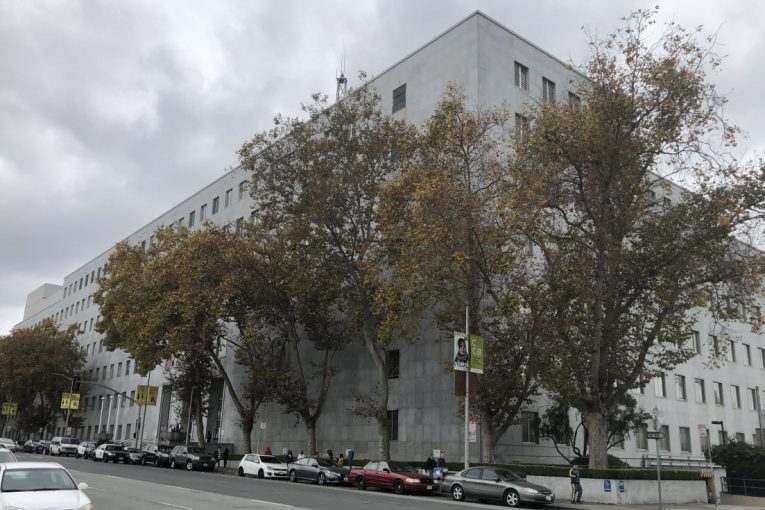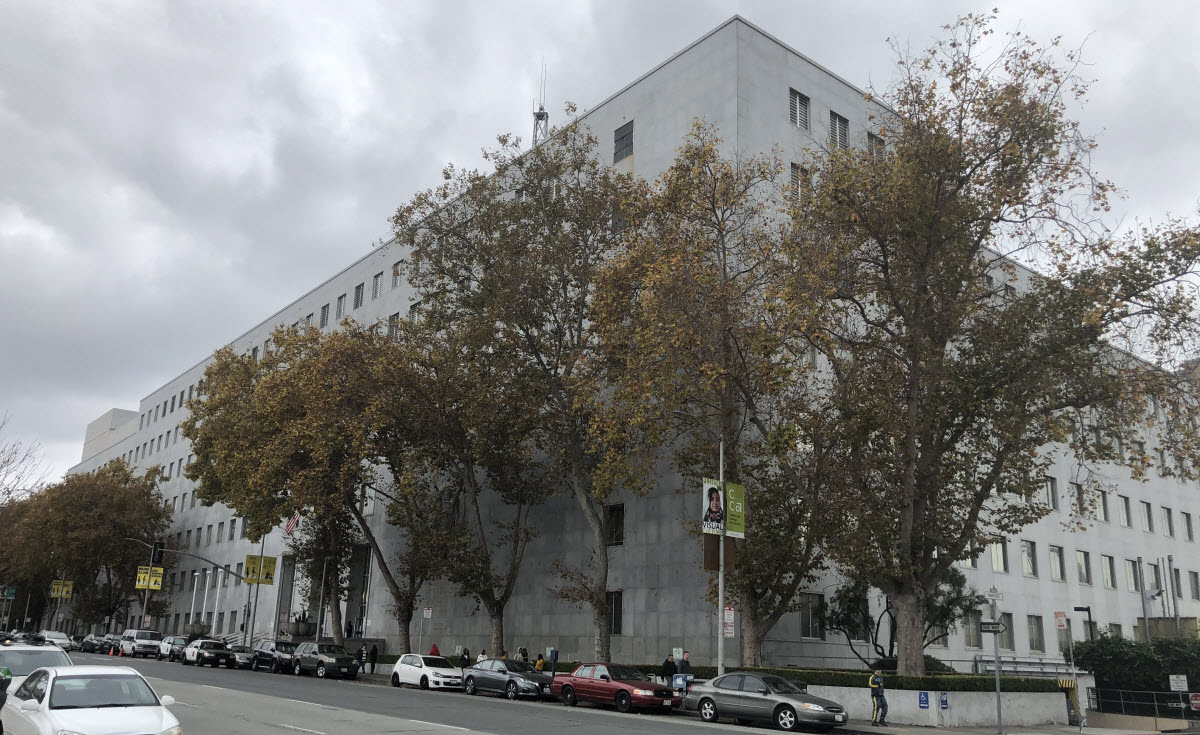

By Manuel Espinoza
SAN FRANCISCO – On Jan. 29, 2020, a trial was held in Department 12 of the San Francisco Hall of Justice.
The trial was regarding an attempted murder case, in which a professional, Dr. Michael Laufer, was called to testify on the medical nature of a sustained injury: a stab wound to the back. Both the defense attorney, Mr. Davis, and the prosecutor, Ms. Delgado, traded turns in their questioning about the injury.
Dr. Laufer is a former physician and emergency room surgeon, who now spends the majority of his time working on medical devices. It was determined by Judge Eric R. Fleming that the witness is a medical expert and knowledgeable enough to testify as an expert on the injury.
The defense presented, as evidence, video surveillance footage of when the victim came to the emergency room. Dr. Laufertestified that he recognized the footage and had reviewed it previously; he was then asked to give an interpretation.
Dr. Laufersaid that commonly the first action is to “determine the deepness of the injury.” He stated that if the laceration didn’t penetrate the back muscles, there are generally no complications associated with this. Being a former emergency room physician, Dr. Laufertestified that he had seen this type of injury “thousands of times before.”
When asked about the pain associated with a wound at this spot on the back, Dr. Lauferstated that “on a scale of 1-10, one being a hangnail, which we have seen before in the emergency room, and 10 being a stab in the heart, this would be about a 2-3.” The defense then finished their round of questioning and was handed over to the prosecution.
Assistant District Attorney Delgado began by asking Dr. Lauferabout his history in testifying before the court. He responded by saying how much he is compensated and that he had “testified  approximately 30 times” in the past year, and that most of the cases were DUI cases rather than a felony. Dr. Lauferalso mentioned that he charges a lower rate when testifying for a public entity and that this income generates “only 1%” of his annual income.
approximately 30 times” in the past year, and that most of the cases were DUI cases rather than a felony. Dr. Lauferalso mentioned that he charges a lower rate when testifying for a public entity and that this income generates “only 1%” of his annual income.
Assistant DA Delgado moved on from the subject and pursued a medical inquiry. Dr. Lauferwas first presented with evidence, a photograph of the knife sticking out from the patient’s back, to which he testified he was familiar with the photo and had reviewed it previously. The prosecution asked Dr. Lauferif his opinion had changed after reviewing both the video surveillance and the photo of the injury, to which Dr. Laufer responded that it was “consistent” with his previous opinion on the width of the knife. The prosecution brought forward more evidence, a photograph of the knife itself, and Dr. Laufer the blade as being “less than an inch in width.”
The prosecution presented both the photo of the knife in the patient’s back and the emergency record of the patient. Dr. Laufer remained consistent with his determination that this injury was merely a laceration and referred to it as such multiple times, despite the emergency record referring to it as “stab wound” instead. The prosecution continued to question Dr. Laufer’s word choice, but he stood firm on the notion that the severity of the wound was just enough to be called a laceration.
The next piece of evidence that was presented was a photo of the patient in the emergency room lying down on the surgical bed with the knife sticking out of the injury. In the photo, the patient had on a neck brace-like device that could be seen. Dr. Lauferexplained that this looked like a common emergency medical room procedure with an injury on the back, used just in case the injury could be affecting the spine or neck. He continued by saying that the knife in this location was “not near the neck” and “highly unlikely that the blade at this length could reach the spinal cord at this location.”
The prosecution turned attention to the medical records and asked if the patient had to have surgery to remove the knife, to which Dr. Lauferresponded, “The knife simply had to be pulled out, but since it was done by a surgeon then it is a surgical operation.” He further added that he would not really call this “surgery” because the surgeon did not have to make any additional cuts or lacerations to get the knife out. Nonetheless, this was considered to be a surgical operation.
Dr. Lauferwas next asked to evaluate the patient’s medical notes and speak about the patient’s felt pain. He said that since nerve endings increase the ability to receive pain, it is possible to measure pain. Areas with more nerve endings feel more pain and, since the injury is located on the back, this is one of the least sensitive places on our bodies.
The prosecution stated that the patient reported “pain levels of 8” when measured from 1-10. Dr. Laufer responded by stating “we can measure pain objectively, but self-reporting is usually subjective.” The prosecution had no further questions.
The defense finished by asking brief clarifying questions, one of which was about the doctor’s history of testifying in court previously. Dr. Laufer responded by stating that he “has told a lawyer before that I may not be helpful to their case.” The defense also asked about how pain is usually reported and Dr. Laufer stated that “people may not report pain in proportion to their injury.” The defense had no further questions, and Judge Fleming dismissed Dr. Laufer.
The trial is scheduled to reconvene tomorrow at 9:00am, in Department 12.
